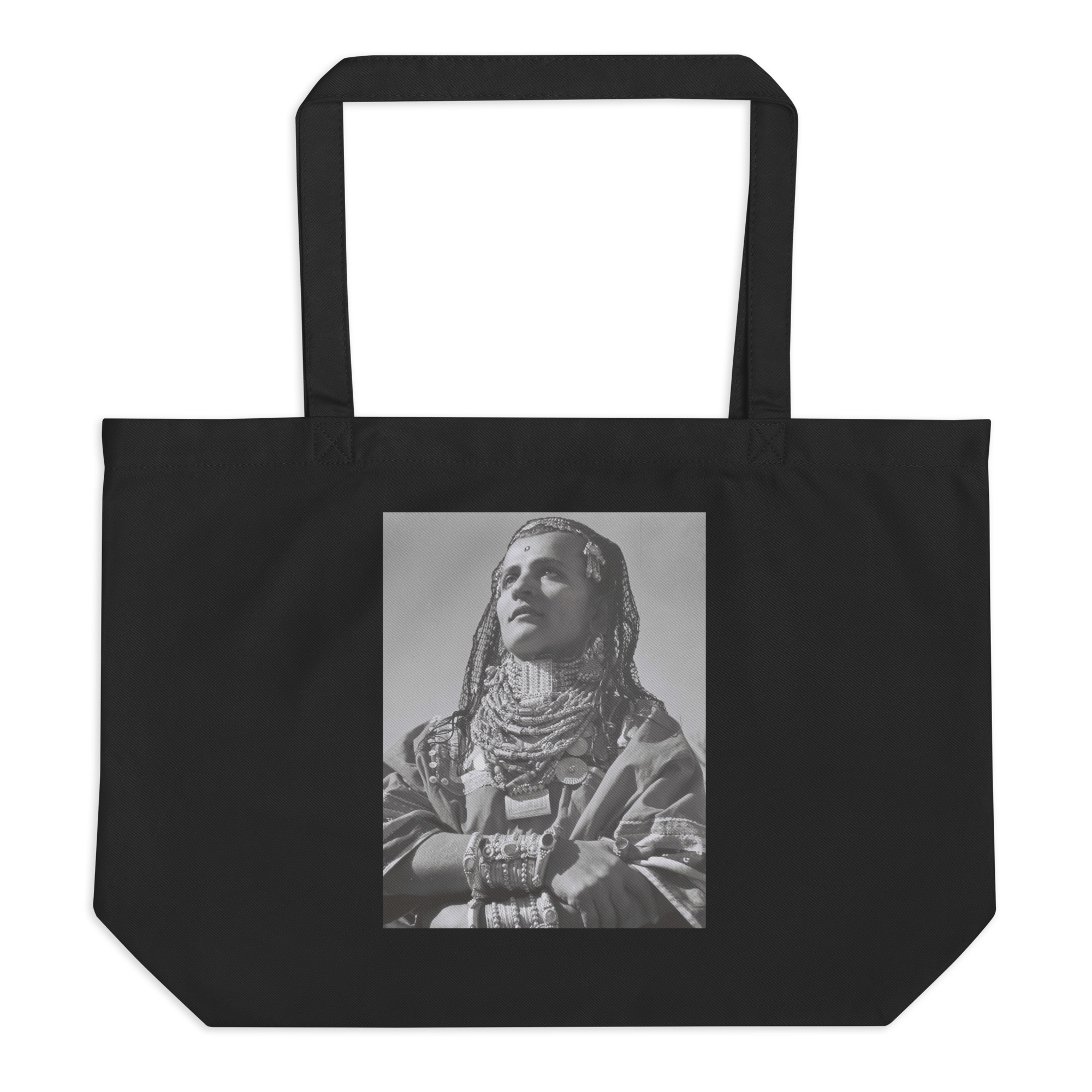
Jewish Women’s Voices Matter
Your gift keeps these stories alive—it will be matched through year’s end, up to $50,000.
Help us meet our year-end goal
$40,000 of $50,000 raised.

Your gift keeps these stories alive—it will be matched through year’s end, up to $50,000.


It has been a while since I visited jwa.org, but the first time I was exposed to this organization was through the Women of Valor poster series. I was working on a project that would take complex Jewish ideas and break them down into engaging pieces of printed media that could be used in a classroom setting. The Women of Valor posters became my "go-to" in terms of best practices for typography, layout, content, and use of color as a differentiator between posters within the series. I thought (and still think) that the posters are an excellent teaching tool and a superb example of information graphic design. I thought the above thread was interesting in terms of feedback on limited use within a classroom setting, and I'd like to counter some of the ideas expressed in this article with my own examples.
I've used the tool of information graphics, "infographics", as a vehicle for breaking down multiple levels of information and clearly explaining concepts and ideas. While today's students (young and old) tend to be bombarded with digital forms of media, I think there is still a valid and important place for static graphics in the mix of educational materials. While a presentation and interactive digital experience provide movement and responsiveness, the printed piece is static and consistent. It allows someone to gaze at it, and take in information through a more iterative process. Each time they look at the piece, they may see something different, and ideas and concepts begin to create cognitive connections as a person absorbs the information presented through the design hierarchy. Learning information in this manner is a helpful adjunct to auditory learning as it helps reinforce concepts and ideas. I would like to see more materials created for the Jewish Studies classroom that use the same format as the Women of Valor posters and provide instruction and suggestions on how a teacher can engage the students through these beautiful teaching materials. I think there is a strong need across the board for alternative methods of communication and content distribution, and the printed poster can serve as a valuable tool within an educator's collection of teaching material.
As an anecdote (and this is not something I've tested), I know that my children have benefitted from some of the more popular printed materials that their schools display on the classroom walls. For instance, there is a popular "Sea of Halacha" poster that uses the analogy of tributaries, rivers, and oceans to show the correlation between the generations of biblical commentaries that have developed Halacha throughout the generations. Seeing a linear map of these names and dates, and understanding how each individual contributed to the scholarly conquest of their successor has helped place a myriad of personalities and biblical texts within an easy-to-understand context.
I'd love to see more of these types of materials, on a wide range of topics within Jewish Studies. As we strive to find ways to connect with our generation of tech-savvy content consumers, adding static printed graphics is an invaluable part of disseminating content.